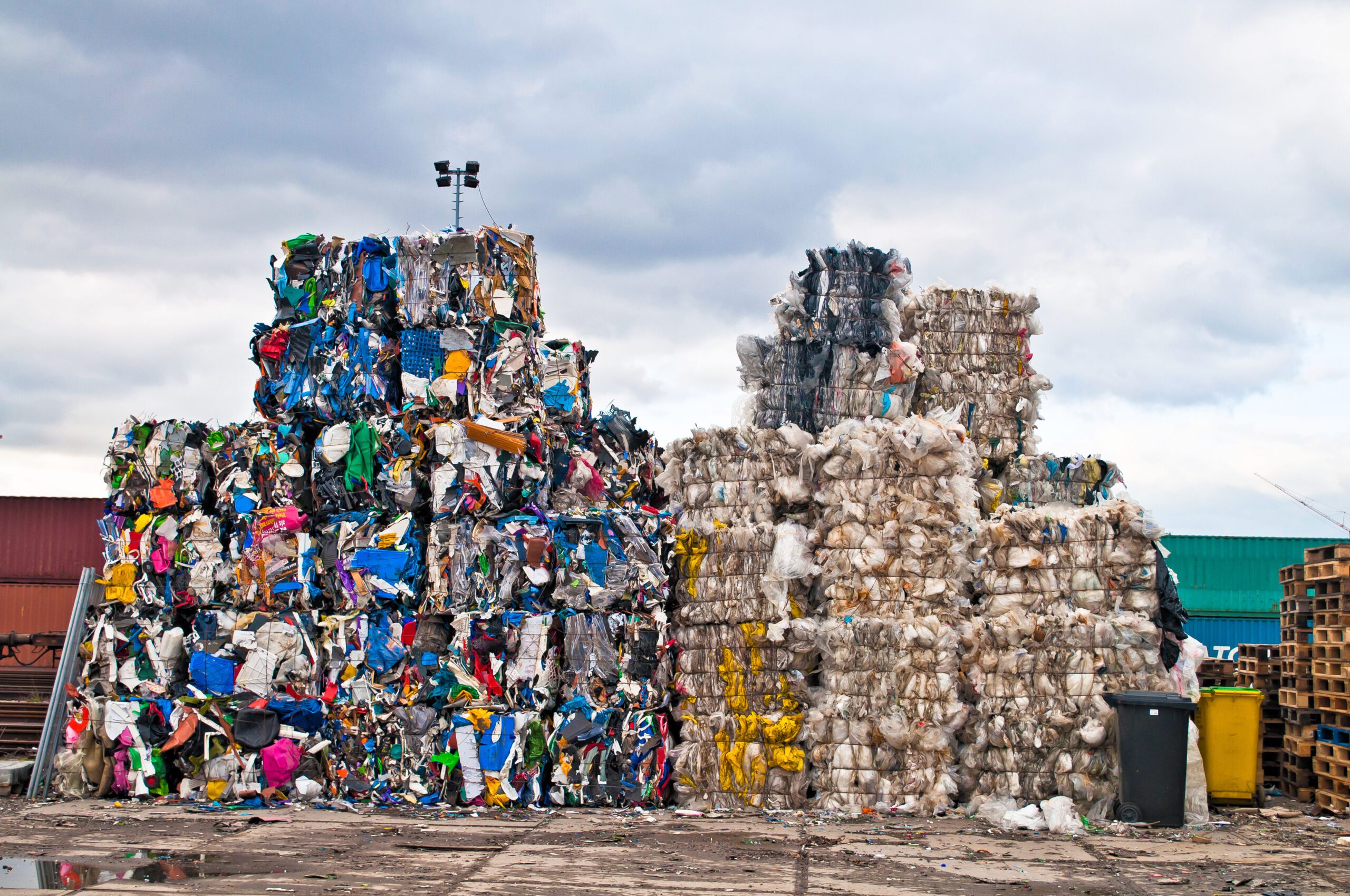The construction industry uses a lot of plastic materials; of the approximately 51m tonnes of plastic demand in Europe, construction is responsible for around 20%. In the USA the plastics market has seen an increase in consumption from a number of industries – including construction, where renovations and the increasing demands of high-urban populations influence the market.
There are plenty of understandable reasons why this industry uses so much plastic, from the rising costs of materials, to the safety aspects of lighter materials, durability, cost effectiveness and more.
But plastic materials aren’t sustainable, as they’re usually made from polymers originating from non-renewable energy sources. Generally, less than 10% of plastics are recycled (globally), and there is a huge amount to do to bring the global construction industry into line to create a more sustainable future.
So what is the impact of using plastic, and why does the industry need to care?
One of the main reasons for using plastic in construction, its resilience is exactly one of the reasons why it needs to be curtailed. Plastic can take up to 1,000 years to decompose, which makes it a great material for long-lasting construction, but during those 1,000 years, the plastic degrades and contaminates the surroundings with the release of greenhouse gases; and even after a structure disappears over time, the plastics stay behind.
The issue with plastic isn’t just from its lifespan; when the material is being created, there is considerable energy consumption and carbon emission, which means that even before the materials are used, they’re already having a negative impact on the environment. Then, because of chemical additives (used to make the plastics flexible, fire resistant, adhesive, etc), disposal or recycle of the materials can be challenging afterwards and cause further damage or contamination.
Between limited resources, and the environmental impact that the creation, preparation, and use of plastics in construction has, the construction industry needs to stop and rethink how they’re using the material – and seek new, and better ways of creating the parts they need, in a way that isn’t going to cause damage, both in the short and long term.
What Can be Done Now?
Obviously, this situation is something that requires consideration and consultation with the industry as a whole, with a focus on development of newer materials, or re-evaluating existing construction methods and recycling materials.
Global change has to happen – but these things take time.
There are actually areas where the construction Industry can reduce the impact it is having on the environment, without having to make sweeping changes that take time, money, and legislative effort.
It was found that the most common sources of plastic waste come from:
- Plastic packaging (accounting for around 25%)
- Unused materials
- Improperly stored / handled materials
- Over-specified project design
- Wastage from the workforce
By considering more effective project management systems, implementing the use of less plastic packing, and reducing the availability of single-use plastics, the industry as a whole can scale back the amount of plastic that is being requested, and benefit from lower costs (less wastage) as they reduce their usage.
Eco-Friendly Choices
Potential alternatives to harmful plastics are being developed and researched, with expert innovation looking at new technologies and processes, as well as revisiting pre-existing (sometimes even historical) ones too.
One innovation that is making use of recycled materials and old techniques, is a Cyclopean concrete structure in São Paulo, which looks to ancient Greek construction for inspiration. What sets it apart from traditional concrete is essentially the size of the coarse aggregate, which is traditionally composed of stones but can also include brick or concrete remains. The rubble from previous demolition becomes the primary raw material for the new walls. Constructively, the technique also resembles traditional reinforced concrete: a wood mould is used to receive liquid concrete with voluminous aggregates, maintaining the appearance of the different materials used in the previous composition.
Another project in the West Midlands of the UK is a 12-home development aiming for a complete removal of plastics from the construction of homes and properties, with alternative materials for fixtures and fittings being sourced. Supported by an Interreg project – CHARM (Circular Housing Asset Renovation & Management) with a cross-European partnership and €1m EU funding, some materials that have been sourced by this project and other sustainable focused companies as ethical considerations include:
- Mineral-insulated copper cable – used in electrical power circuits.
- Natural Paint Solutions – such as graphene and lime paint.
- Copper Pipework with welded joints – to replace plastic pipes and plumbing.
- Recycled Plastic – Although this material still has issues, the plastic is already in existence, so safely and responsibly repurposing it can reduce the environmental impact that comes with disposal of what would otherwise be single-use plastic.
- Hempcrete – A mixture of hemp and limewater, this substance is more traditionally a replacement for concrete, but it can also be used for insulation in domestic and non-domestic structures.
- Natural Fibres – In the case of insulation, natural options such as jute, wood fibre, sheep’s wool, or cellulose may be viable alternatives.
SIGN UP TO OUR NEWSLETTER
We do not sell our lists, and you can easily unsubscribe if you so wish.
And Norway is leading the way to a more environmentally friendly construction industry, replacing steel with massive timber as a construction material. Moelven has built the world’s tallest timber building, Mjøstårnet, in Brumunddal in eastern Norway. A pre-fabricated, 18-storey building, the timber skeleton was built at a speed of one storey per week using the company’s glue laminated timber (glulam). Glulam can compete with steel when it comes to strength, flexibility and durability.
Norway’s forestry industry is itself among the world’s most sustainable – in fact regulations are so strict that virtually no tree can be felled without a commitment to planting a new one. Norwegian timber buildings are therefore among the most eco-friendly buildings in existence.
The new North Pier at Oslo Airport Gardermoen is another example of innovative use of materials. The roof is built of wood, and much of the rest of the building consists of recycled materials, climate-friendly insulation and concrete in which a share of the cement was replaced with reused waste.
So there are examples to be found and ideas to be adopted which could lead to a greener and leads plastic-dependent construction industry. The question is whether the construction industry can adopt new standards for itself, or whether government intervention will be needed to show the way.


